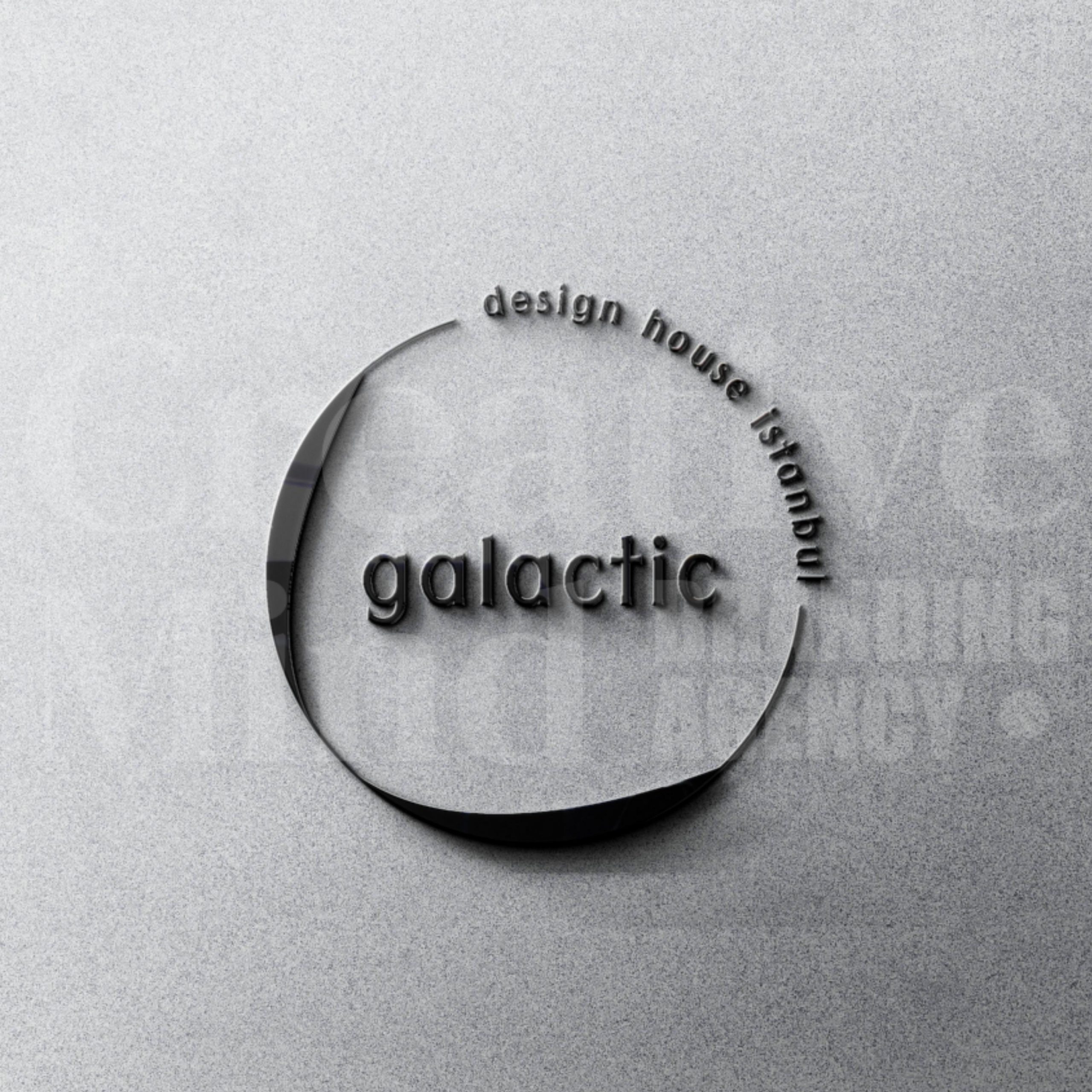Branding And Brand Identity
Rise Above the Brand Noise
Branding And Brand Identity
Rise Above the Brand Noise

Your brand identity should be as unique as your company. Brand identity can be described as your brand’s personality, communicating your brand’s value and focus. It should encourage your target market to engage with the brand and begin a dialogue.
The essence of brand understanding is consumer needs and desires. Messages given by using brand identity elements as a result of positioning the brand help consumers not to have difficulty and waste time while making similar brand preferences. In order to realize the main purpose of brand communication, it is necessary to make the brand message positioning correctly and to manage the branding process correctly. While giving information about a product, the brand should have the quality to add value by distinguishing it from its competitors.
“A brand for a company is like a reputation for a person. You earn reputation by trying to do hard things well.”
-Jeff Bezos
According to the definition of the American Marketing Association: ‘Brand; a name, term, sign, symbol or other indication that distinguishes one seller’s product from another’. According to this definition, a brand aims to differentiate a product from competing brands through indicators. However, it is not a correct approach to define the concept of a brand as a ‘name, sign, symbol’. A brand is a concept that brings the producer and the consumer together at one point, aims to understand the consumer and to be in line with the needs, and establishes an emotional bond with the consumer. In addition to their personal benefits, consumers today establish emotional bonds with brands and see brands as a part of themselves.

Brand Name & Logo
Brand name is the most important element of branding process, because it is the reference point for each language to be used in its native language. The name is an element that never changes and should never change. In the naming process, which is the beginning of the brand positioning process, it is an important step to find a name that describes the benefit of the product. For example; Head&Shoulders shampoo brand are connotative names that refer to the usage area of Edge shaving cream. In some cases, the bond established between the name and the product becomes so strong that this name is used for all brands in that product group. For example; Clorox products are among these brands.
Brands do not only gain visual difference with their names. A brand logo is the symbolization of the name of a brand and the message that the brand wants to convey, using letters and pictorial elements. Nike’s preppy, the camel of Camel cigarettes, Old Joe’s Mc Donalds’ golden belt has helped brands find a place in the minds of consumers visually. With the harmonious combination of the brand name, emblem and logo, brands aim to maintain their existence in a stable manner.
“A brand is the whole of perceptions formed in the mind of the consumer.”
-Paul Feldwick
Brands generally reflect the values of the country they belong to.
Accordingly, consumers:
When creating a logo design, it is important not to include complex lines, to ensure color harmony, and to use the logo used in the communication tools of the company.
Some details to consider when creating logo designs are as follows:
How to Create a Brand’s Personality?
Having a strong symbol of the brand helps to increase the durability of the brand identity, to be easily recognized and remembered. The visual elements of the brand are effective in ensuring that the brand is remembered in the mind of the consumer, increasing its awareness, and raising the perceived quality level to higher levels.
Symbols play an important role in conveying the message correctly, promoting the product and determining the brand’s place in the consumer’s mind.
Creating a brand personality provides the following contributions to the brand:


“Not every brand has personality, or at least not a strong and distinctive personality. But brands with a real personality have a significant advantage; they are more likely to stand out from the crowd and have a message. Personality is an important dimension of brand equity because, like human personality, brand personality is both distinctive and enduring. Once established, it will benefit (or harm) for a long time. Creating or supporting a personality should definitely be part of the brand vision discussions.”
-David Aaker

Let’s create something awesome together!
Thanks for stopping by! If you’d like to reach out, please send us an email below. We typically respond in 2-3 business days.







